By Asgard Team | Engineering
(Filipa, José, Hugo, António, Samuel, Sara and Nelson)
Remote work is the new normal — working from home has brought many advantages such as more flexibility, and better work-life balance but it also comes with many changes, both personal and professional. With far fewer in-person meetings, teams need to adapt to asynchronous communication methods. There are huge upsides to this, but when poorly executed, it can lead to a decrease in productivity and team spirit.
This article will look at how we overcame the challenges preventing our team from being fully productive and functional at the early stage of remote, and explore how we became world-class.
The case of the Asgard Team

Once upon a time, in a galaxy far, far away, there was a team that couldn’t really work as one.
Pandemic restrictions meant that in 2020 and 2021, remote was the only way, but it didn’t come easy. Starting a new job remotely can have the major pitfall of never properly establishing relationships with co-workers. Making friends can be harder and relationships more distant and less based on trust.
In the context of a startup with strong growth, well described in our 2020 Engineering area review, we were one of the teams that suffered the most with churn over that period. It took a lot of work to reach the level of collaboration we have at the moment.
In September/October 2021, our team had 3 elements that had been with the company for less than 3 months and another 4 that had been working together for some time. Back then, we had some collaboration problems (yes, you read that right, “we had“), but soon realised that we had to change our attitude drastically in order to achieve the results that were expected of us. Together, as a team, saw this change as a positive challenge and contributed to finding new ways of interacting and working.
We’ve split this blog into two parts. In this first one, we will be talking about the cultural impact of our team not participating in team socials.
So, fasten your seat belts, and let’s begin 🎢
Talking time — Improving our planning and retrospectives
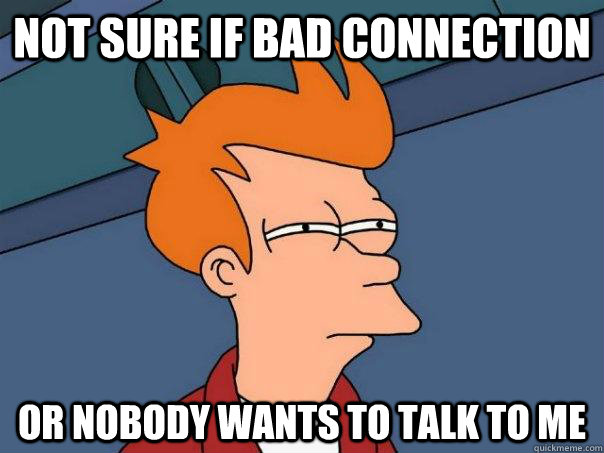
Infraspeak is a big fan of remote work but in our team, there were undeniably some challenges regarding collaboration, namely entering a meeting with the camera off and the microphone on mute from beginning to end! It’s natural that this happens, but it has negative consequences on the productivity of meetings and team engagement.
This type of behaviour may have stemmed from shyness because we didn’t know each other well; fear or discomfort in stating opinions for fear of being judged or maybe something else! What was certain was that something had to change.
But how could we provide this safe environment? Before delving into this topic, it is worth noting that our team currently uses a working methodology that consists of a mix of Scrum and Kanban, a kind of Scrumban.
Planning
One of the first problems identified was the lack of participation in planning. Little discussion took place, with the same people frequently being the most active participants. As a result, the team leader often received no response.
To tackle these problems, we implemented the following solutions:
- Wheel of Fortune — To address the lack of engagement during team ceremonies like planning or sprint retrospectives, we decided to experiment with using a wheel of fortune to randomly select the meeting leader. Over time, we found that this tool was effective and decided to incorporate it into our daily routine as a team. The rotation system helped team members to understand and appreciate what it’s like to lead a meeting. By taking turns leading, everyone gained more confidence in communicating with each other, and it created a sense of mutual understanding among the team.
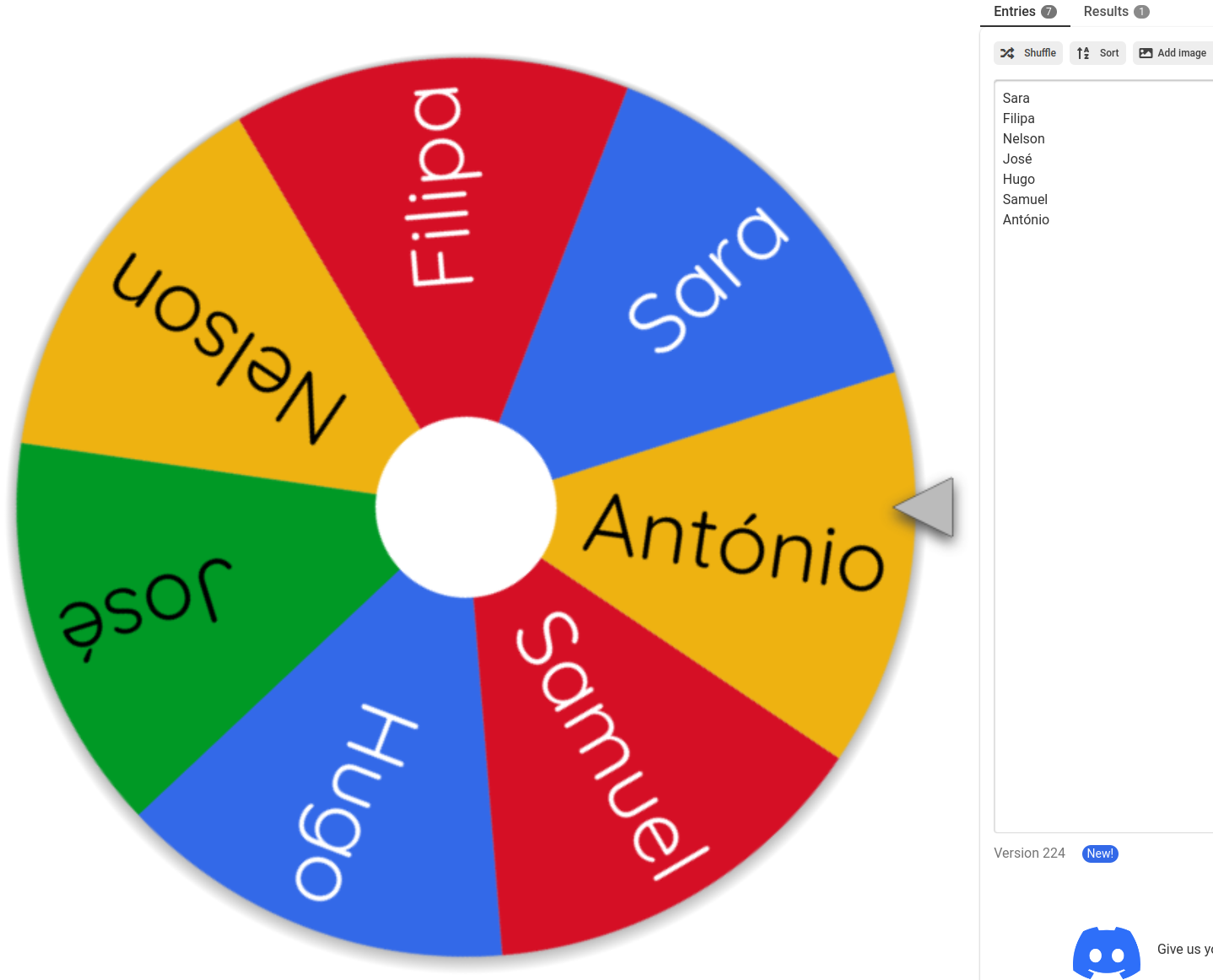
- Planning poker online — We also detected that there was an influence on the story points that were given by older members to newer members of the team, as they were given orally. Due to this problem, we introduced an online poker planning tool into the planning.This tool helped us overcome this problem. Our aim was to give staff members the opportunity to have a free say and voice their concerns. Currently, using Fibonacci for scoring, if the scores are disparate, we try to understand the vision of each team member in order to reach an understanding and clarification regarding the task at hand.Through this process, we learned that team members often have different perspectives on the same problem. This led to new discussions, resulting in new solutions and even identifying problems that had not been considered in previous discussions.
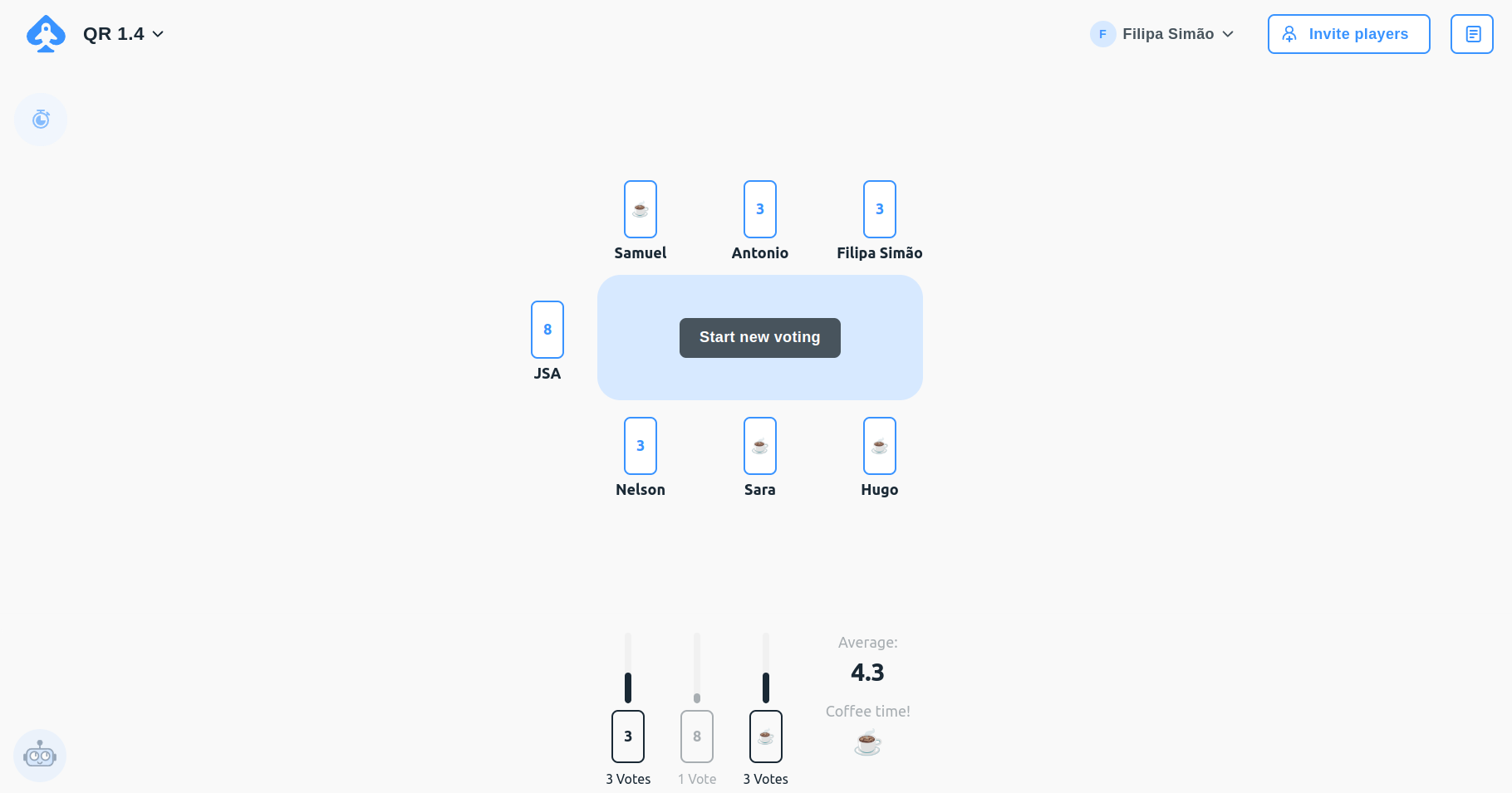
Retrospective
Sames as the planning sessions, we also saw some struggles with the team participation in retrospective meetings. The Wheel of Fortune system was also applied here because this approach helped ensure that valuable and constructive points were shared by all team members.
This eventually influenced other changes:
- Notion — Our template for each retrospective started to be filled in together, by all the team members.
- EasyRetro — The use of this tool in this ceremony was a game-changer for us. Before its introduction, our retrospectives:
- didn’t effectively promote reflection before introducing the new tool, and important issues were often overlooked during certain sprints.
- didn’t cover some points as they were forgotten before reaching the retro
After the introduction of this new tool, our retrospectives:
- became much more appealing
- have a lot of valuable content to be extracted because there is more participation and consequently more discussion
- with the Easyretro board at the beginning of the sprint, team members can add the positive and the not-so-good/constructive points during it
- became asynchronous
We experimented with several other tools, but the team found them challenging to use. Eventually, we settled on EasyRetro due to its user-friendly interface and ease of use.
This is an example that sometimes not everything that works in other teams works for us. We have to know how to listen and adapt.
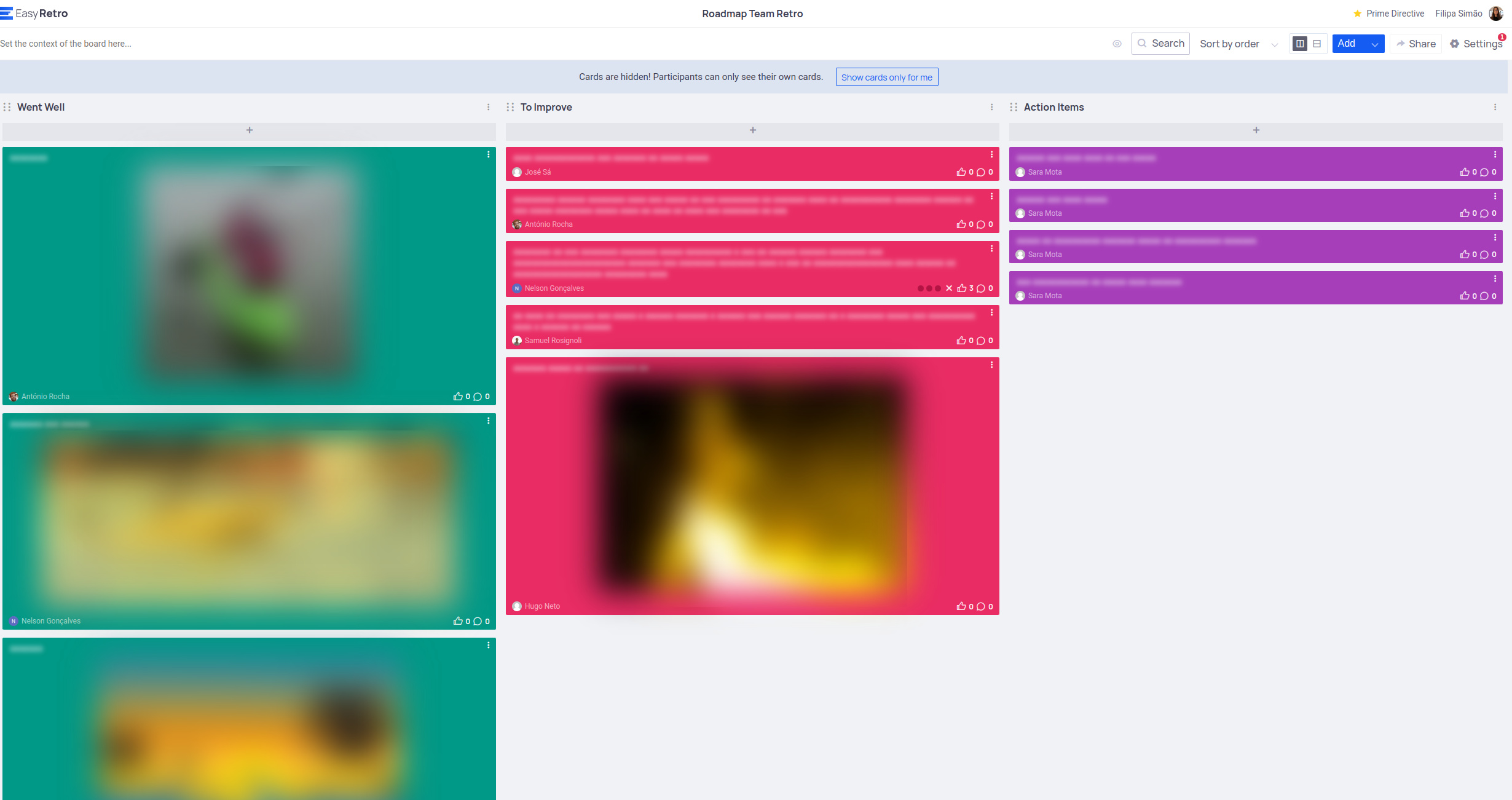
Daily
We also identified problems in our dailies.
We followed the typical format, where we answered the three questions:
- What have I done since the last daily?
- What am I going to do today?
- What are the blockages that prevent me from continuing with my work?
With this, we did not feel that the team gained value from the information that was shared because, most of the time, we already knew it.
So we decided to focus more of our time on blockages that were preventing us from getting on with our work and also on streamlining other tasks between team members. We still write down what we have been doing on Notion to keep track of our work.
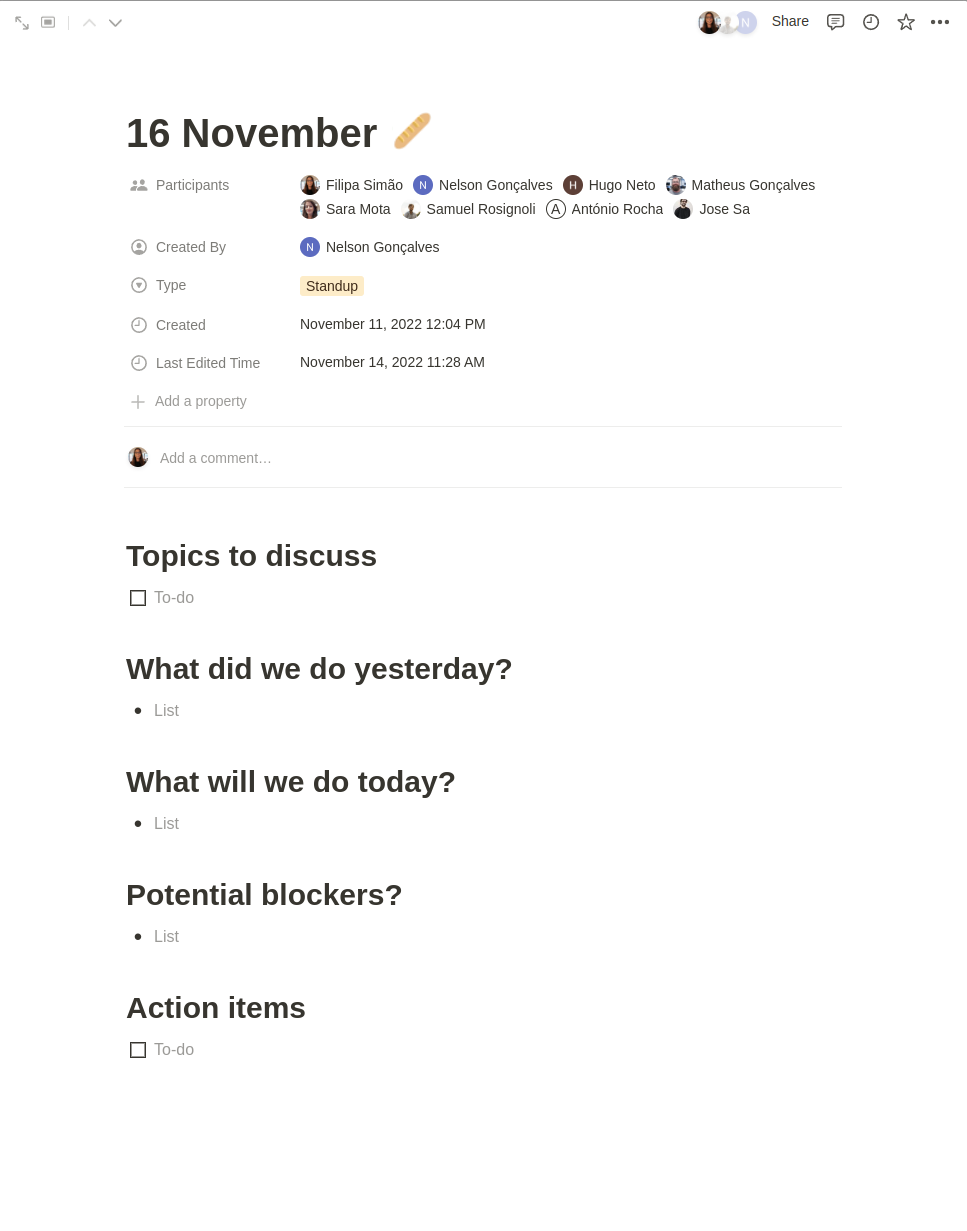
Have you come this far? Congrats!
As you can see, we faced many challenges with our team ceremonies. However, we overcame these issues by openly discussing them and implementing solutions to improve productivity and collaboration.
But of course, there were more issues to address, like how to reduce the extensive planning we had, how to share knowledge between the team and keep being a source of good life for everyone. If you want to know how we solved all these issues then you are ready for the second part of this blog, which will be released soon after this one.
Thanks for reading!




